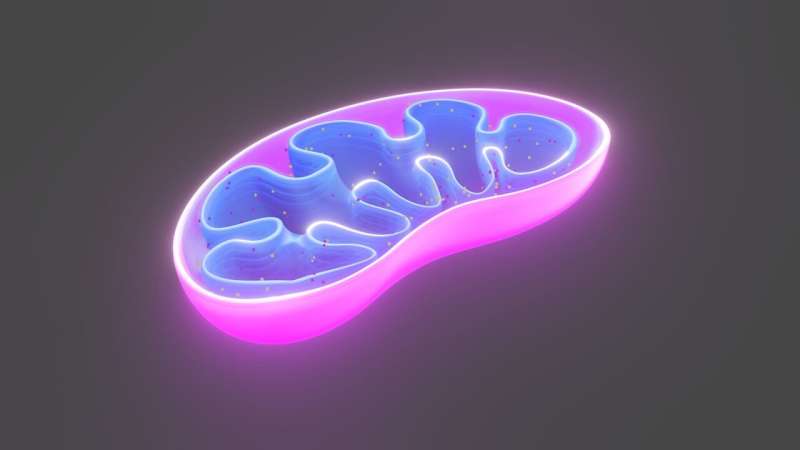Long COVID: Damaged mitochondria in muscles might be linked to some of the symptoms
Originally published by Caroline Dalton, The Conversation, on January 12, 2024
Credit: Pixabay/CC0 Public Domain
It's estimated that around 3% of people in the UK experience long COVID—persistent, long-lasting symptoms after a COVID-19 infection.
Long COVID encompasses a range of health problems that can begin after even a mild COVID infection. Some of these symptoms include extreme fatigue, shortness of breath, muscle aches and loss of smell.
For around 50% of long COVID sufferers, their symptoms also fit criteria for a diagnosis of myalgic encephalomyelitis (ME), a neuro-immune disease characterized by depleted energy, muscle weakness and pain, cognitive dysfunction and dysautonomia (which affects blood pressure and heart rate).
A cardinal feature of ME is "post-exertional malaise" (PEM). This refers to a worsening of symptoms that takes place around 24-48 hours after any form of exertion—whether that's physical, cognitive or emotional. PEM may take days or weeks to subside.
PEM remains one of the most debilitating yet least understood features of both ME and long COVID. But new research may point to a probable explanation for why physical activity in particular worsens long COVID symptoms. The study found that people with long COVID exhibit alterations in their muscle structure.



Comments
Post a Comment